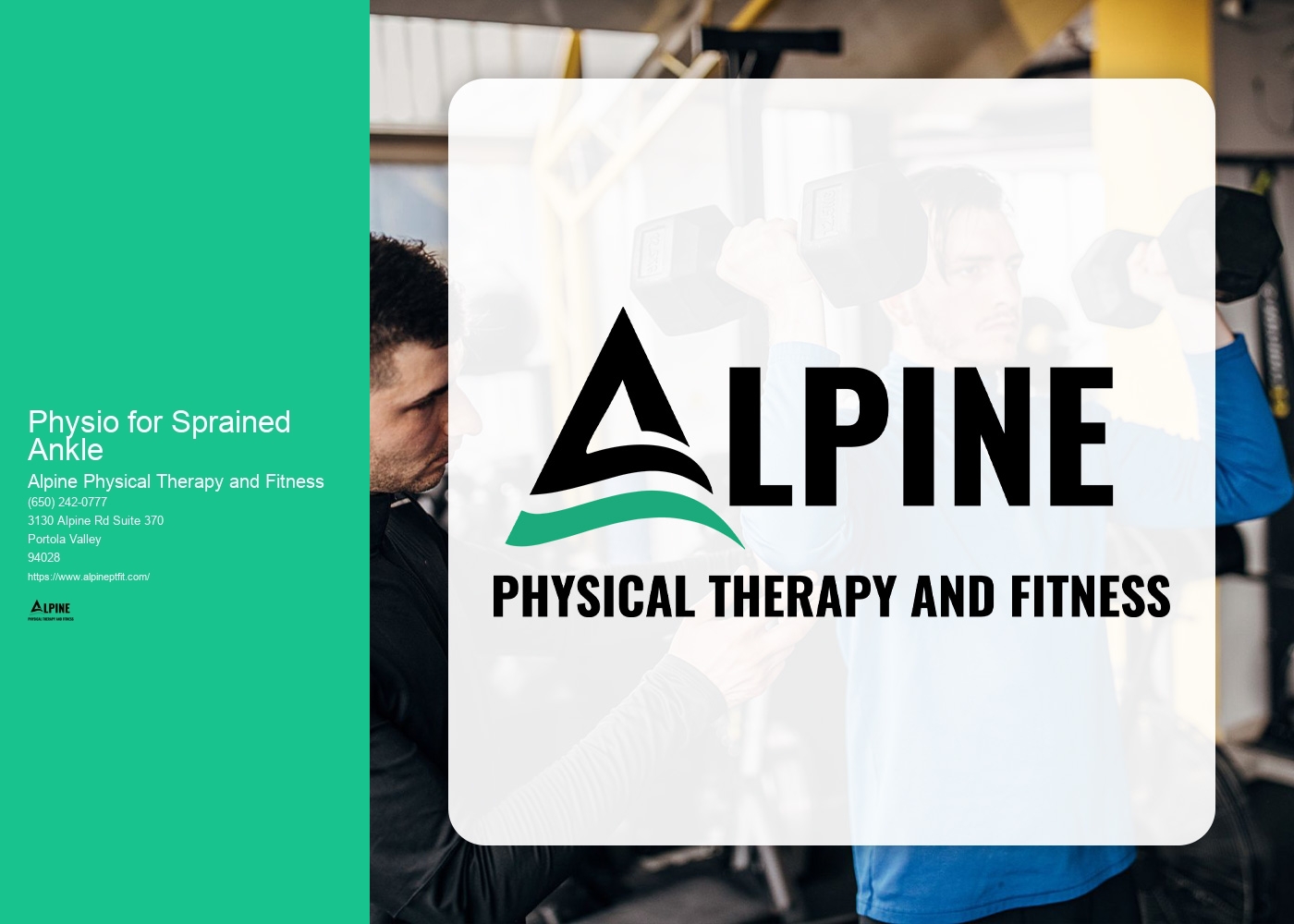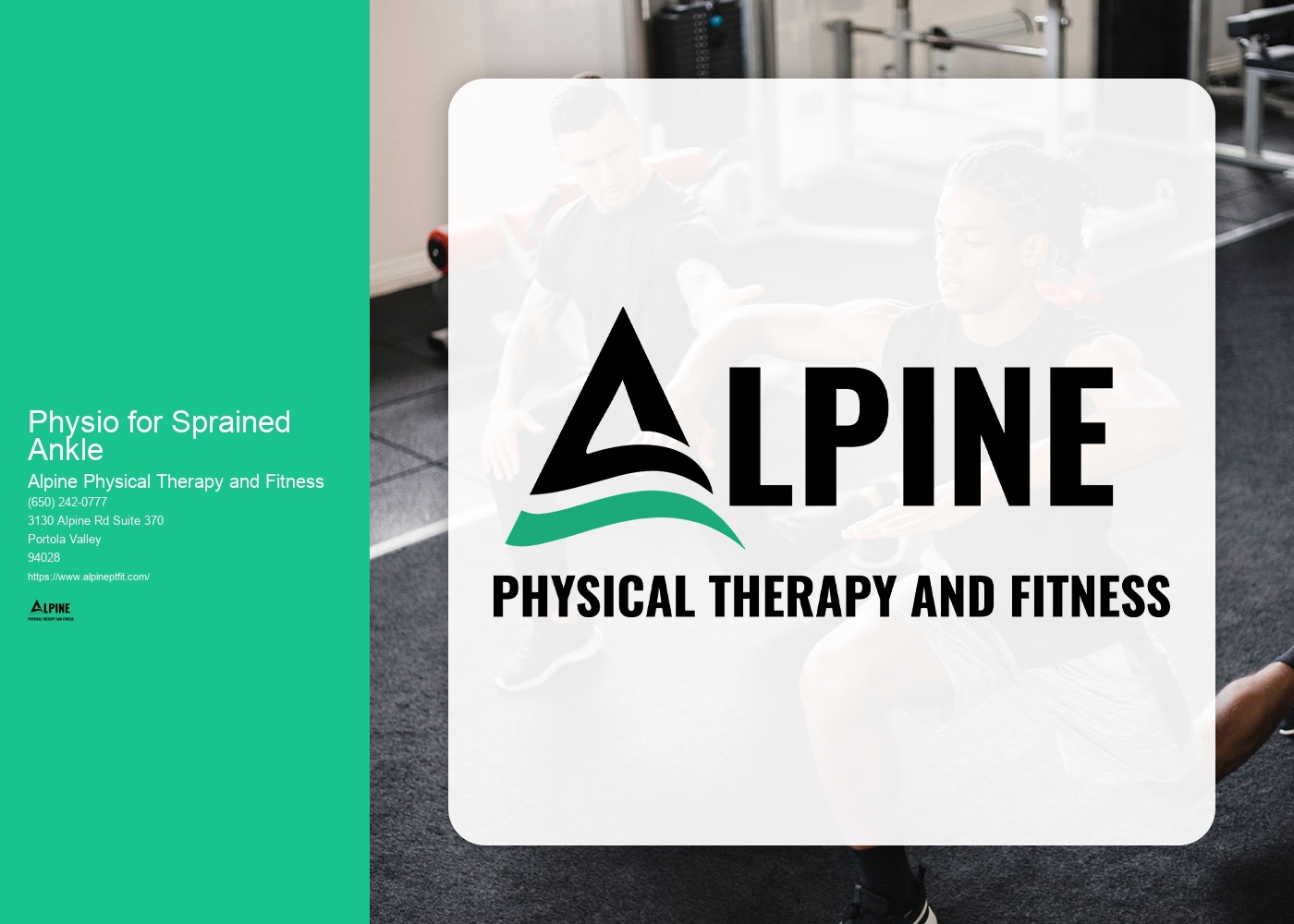

Recovering from a sprained ankle can vary depending on the severity of the injury. In general, it can take anywhere from a few weeks to several months for a sprained ankle to fully heal. The healing process involves reducing pain and swelling, restoring range of motion, and strengthening the ankle. It is important to follow the RICE (rest, ice, compression, elevation) method during the initial stages of recovery to reduce inflammation and promote healing. Additionally, using crutches or a brace may be necessary to avoid putting weight on the injured ankle.
To strengthen a sprained ankle, it is important to start with gentle exercises and gradually increase the intensity as the ankle heals. Some of the best exercises to strengthen a sprained ankle include ankle circles, toe raises, heel raises, and resistance band exercises. These exercises help to improve balance, stability, and flexibility in the ankle joint. It is important to perform these exercises under the guidance of a healthcare professional or a physical therapist to ensure proper form and prevent further injury.
While recovering from a sprained ankle, it is generally recommended to avoid participating in sports or physical activities that put excessive strain on the ankle. High-impact activities such as running, jumping, and pivoting should be avoided until the ankle is fully healed. However, low-impact activities such as swimming or cycling may be suitable alternatives during the recovery period. It is important to listen to your body and avoid pushing through pain or discomfort, as this can delay the healing process and increase the risk of reinjury.

Signs that a sprained ankle is healing include a reduction in pain and swelling, increased range of motion, and improved stability. As the ankle heals, you may notice that you are able to bear weight on the injured ankle more comfortably and perform daily activities with less difficulty. However, it is important to note that everyone's healing process is different, and it is best to consult with a healthcare professional for an accurate assessment of your specific situation.
During the initial stages of a sprained ankle, it is generally recommended to use ice to reduce pain and swelling. Applying an ice pack to the injured ankle for 15-20 minutes every 2-3 hours can help to alleviate pain and reduce inflammation. After the first 48-72 hours, heat therapy may be beneficial to promote blood flow and relax the muscles around the ankle. Heat can be applied using a warm towel or a heating pad for 15-20 minutes at a time. It is important to avoid applying heat or ice directly to the skin to prevent burns or frostbite.

There are several options available to support a sprained ankle and promote healing. Ankle braces or supports can provide stability and prevent excessive movement of the ankle joint during the recovery process. These braces are designed to fit snugly around the ankle and can be worn during physical activities or throughout the day for added support. Additionally, wearing supportive shoes with good arch support and cushioning can help to reduce strain on the ankle and promote proper alignment.
If you have a sprained ankle and are experiencing severe pain, inability to bear weight on the injured ankle, persistent swelling, or if the symptoms do not improve after a few days of self-care, it is recommended to seek professional help. A healthcare professional, such as a doctor or a physical therapist, can assess the severity of the injury, provide a proper diagnosis, and recommend appropriate treatment options. They may also perform imaging tests, such as an X-ray or an MRI, to rule out any fractures or other underlying issues. Seeking professional help is crucial to ensure proper healing and prevent long-term complications.

The goals of physical therapy in improving lung function after lung surgery are to enhance respiratory muscle strength, increase lung capacity, improve oxygenation, promote effective coughing and deep breathing, and enhance overall physical endurance. Physical therapists utilize various techniques such as breathing exercises, chest physiotherapy, and aerobic conditioning to achieve these goals. By targeting specific muscles involved in respiration and implementing exercises that promote deep breathing and effective coughing, physical therapy can help patients regain optimal lung function and improve their overall quality of life.
The most common physical therapy interventions for treating tennis elbow include a combination of exercises, manual therapy techniques, and modalities. Exercises often focus on strengthening the muscles of the forearm and improving flexibility. These may include wrist curls, forearm pronation and supination exercises, and eccentric exercises. Manual therapy techniques such as soft tissue mobilization and joint mobilization can help reduce pain and improve range of motion. Modalities such as ultrasound, electrical stimulation, and ice or heat therapy may also be used to reduce inflammation and promote healing. Additionally, education on proper ergonomics and activity modification may be provided to prevent further injury and promote long-term recovery.
Physical therapy plays a crucial role in the management of temporomandibular joint (TMJ) disorders by providing targeted interventions to alleviate pain, improve jaw function, and enhance overall quality of life. Through a comprehensive assessment, a physical therapist can identify the specific impairments and functional limitations associated with TMJ disorders, such as limited jaw mobility, muscle imbalances, and joint inflammation. Based on this evaluation, a personalized treatment plan is developed, which may include a combination of manual therapy techniques, therapeutic exercises, and modalities. Manual therapy techniques, such as joint mobilizations and soft tissue mobilizations, aim to restore normal joint mechanics and reduce muscle tension. Therapeutic exercises focus on strengthening the muscles around the jaw, improving jaw stability, and promoting proper alignment. Additionally, modalities like heat or cold therapy, ultrasound, and electrical stimulation may be used to reduce pain and inflammation. By addressing the underlying causes of TMJ disorders and promoting optimal jaw function, physical therapy helps individuals regain pain-free jaw movement, improve chewing and speaking abilities, and ultimately enhance their overall well-being.
Patients with bursitis are recommended to engage in a variety of exercises that can help alleviate symptoms and promote healing. Low-impact exercises such as swimming, cycling, and walking are often suggested as they minimize stress on the affected joints. Strengthening exercises that target the muscles surrounding the affected area, such as leg lifts, squats, and lunges, can also be beneficial. Additionally, stretching exercises that focus on improving flexibility and range of motion, such as yoga or Pilates, may help reduce pain and inflammation. It is important for patients to consult with a healthcare professional or physical therapist to determine the most appropriate exercises for their specific condition and to ensure proper form and technique.